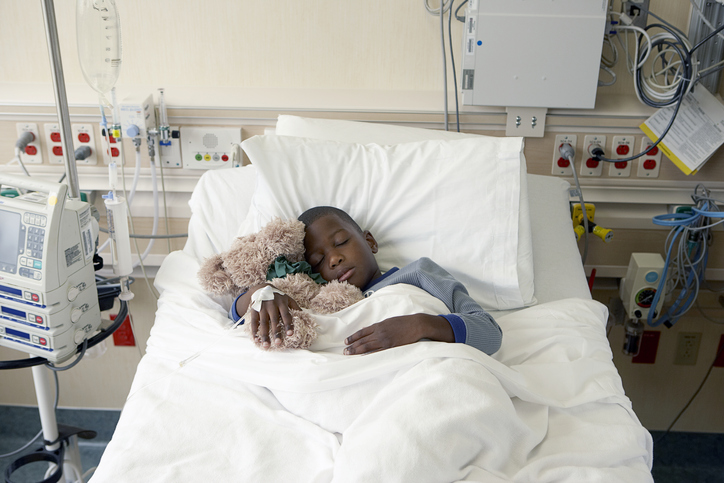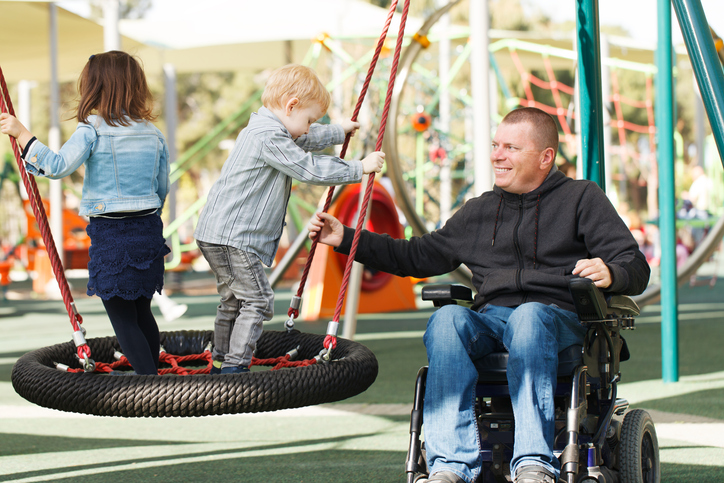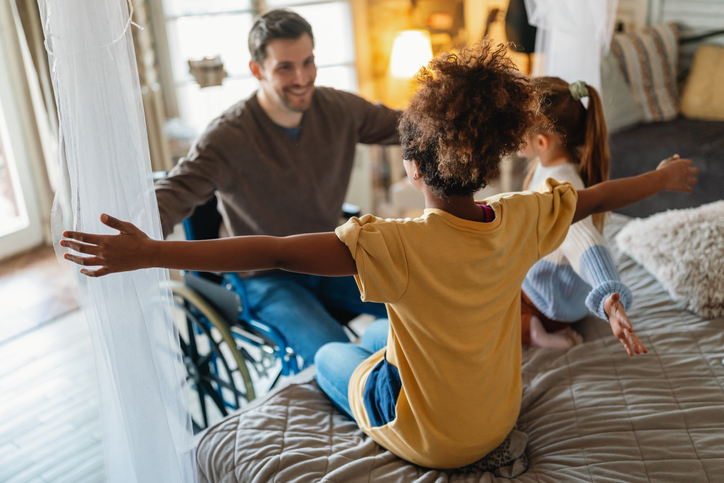Living with Chronic Pain
How to Help Manage a Child’s Post-Op Pain at Home

Typically, children experience pain after they return home from a surgical procedure. While at the hospital, physicians, nurses, and other health care providers are available to assist with pain management. However, knowing how to manage a child’s post-op pain at home is essential in ensuring the recovery goes smoothly. Below are useful techniques and tools that can help with pediatric pain management following surgery.
Talk to the physician
Caregivers may not receive adequate education about pain management after their child’s surgery. Therefore, they should open a conversation with the health care professional about pain management before the day of surgery. This should include the appropriate type of pain medication, whether opioids are necessary, and how to properly dispose of leftover medications if not taken.
Utilize NSAIDs
Non-steroidal anti-inflammatory drugs (NSAIDs) may be prescribed to reduce pain following a surgical procedure. Taking NSAIDs alongside prescribed opioids can decrease the need for opioids and lower the dosage. Talk to the child’s physician about the use of NSAIDs in addition to prescribed medication.
Use pain scales
A pain scale is an assessment tool that measures pain levels. This can be beneficial when children are expressing their level of pain. Young children may do best by pointing to faces, while older children can express pain with a number from zero to ten. PainScale has an app that can monitor and track pain, set reminders for medication, create a pain log, and more, that parents can use to help keep track of their child’s pain.
Create distractions
Distractions can help a child to stop focusing on pain. For younger children, this may include reading a book, playing with toys, blowing bubbles, singing songs, watching videos, listening to music, watching a movie, or having a snack. Older children may distract themselves by watching television, listening to music, reading books, working puzzles, playing games, and having conversations. If the child is okay with physical contact, rubbing their back, stroking their hair, or cuddling them can also be beneficial.
Find non-medicinal pain relief
Consult with a health care professional about non-medicinal ways to relieve pain. Heating pads, ice packs, and massages may be options for relieving the child’s pain, as long as they don’t interfere with recovery.
Additional source: Nationwide Children’s Hospital


















